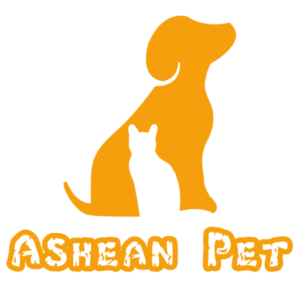Help your puppy begin a smart new life with colorful, tough rubber toys for chewing! Such toys are useful to reduce discomfort from teething and encourage positive chewing on appropriate items, as well as for puppies’ activity and entertainment. Recommended for pets with playful behavior. Rubber chew toys are ideal for every beginner pet parent.

Benefits of Rubber Chew Toys for Teething Puppies
Thinking about providing a very good start for the pets in the healthiest way? What can be more wonderful than rubber chew toys? These toys are not only to be used during fun moments with your puppy; they play a vital role in your puppy's overall health, particularly the gums and teeth, and also in exercising its brain. Rubber chew toys are made out of a material that is both hard-wearing and soft on the teeth, which makes them ideal for teething puppies, who will be able to chew on these toys while having their teeth straightened out, all at one time and with no time to get bored.
These toys allow dogs to stop chewing on inappropriate objects and enhance their teeth and jaw strength by providing the need for early chewing stimulation. But the thing is, even the toys' size, shape, texture, and taste change, meaning that your dog can never get bored with these rubber chew toys – it's always like a brand new adventure for the four-legged friend!
Understanding Puppy Chewing Behavior
The puppy chewing phase of its development – this is something that can be compared to having a small tornado with sharp teeth! But do not worry; it is a natural part of your child's development. When a puppy is young, it interacts with the world with its mouth like a human baby would use his hands; therefore, chewing is natural for a puppy.
As if it is their way of saying, ‘Hey, what did you give me? let me have a try!’ Chewing also helps ease the pain arising from teething as it is like massaging its gums. When your pet begins to drag your favorite shoes to the living room to chew on them, train them to take a rubber toy to chew on instead; it will preserve your property, entertain your little companion, and ensure gum’s health.
Role of Rubber Chew Toys in Puppy Chewing Management
1. Redirecting Behavior: Chew toys are favorable for puppies in that they act as substitutes to the natural chewing habits of the puppies and thus guide them to chew on only toys, not furniture or shoes.
2. Promoting Dental Health: Chewing appropriately helps clean the teeth, massaging the gums and reducing the accumulation of plaque and tartar. This prepares the body for good oral health and ensures no dental problems arise when he is older.
3. Alleviating Teething Discomfort: Puppies also have a teething stage and are uncomfortable because they now have new teeth. Rubber chew toys offer them something to chew on, thus reducing their discomfort in case they are in extreme pain.
4. Preventing Boredom: Chew toys are also fun for puppies, as they act as good stimulants to keep their minds busy. This denies them time to get bored, resulting in them displaying outlawed activities due to curiosity or excess energy.
5. Establishing Boundaries: Chew toys encourage the right type of chewing when introduced early. Continuing it this way helps create limits and sets daily and long-term favorable patterns regarding how they progressively handle their chewing as they age.
Teething Process in Puppies
1. Primary Teeth Eruption
At approximately 3 to 6 weeks, the puppies start teething while getting their primary or milk teeth. This can be seen as a source of discomfort, leading to more chewing cases.
2. Teething Phase
Normally, permanent teeth start to develop and erupt through the gums at age between 3 to 6 months of age causing the puppy to lose their primary teeth. As with the use of pens to teach children, this transition phase could turn out to be somewhat unpleasant to puppies and hence instigate more frequent chewing.
3. Permanent Teeth Eruption
Pups undergo their teething stage and have forty-two teeth, like those of grown dogs at the age of 6-8 months. At this time, they can few times have the normal low moments of irritation as well as tenderness as the permanent teeth come out. Teething can be made easier during this period with the right chew toys to avoid destroying household items.
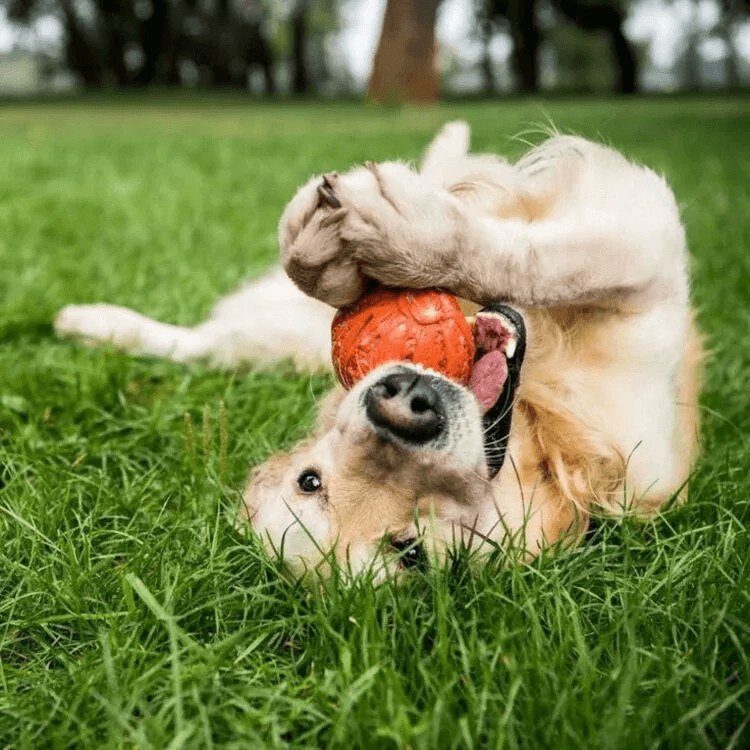
Types of Rubber Chew Toys for Puppies
1. Classic Rubber Chew Toys: These are traditional rubber toys that are mostly common in the form of bones, balls, or rings. It is highly resistant and available in many sizes, accommodating all sizes of different breeds and chewing abilities.
2. Textured Chew Toys: In this case, the toys are made of rubber, and the texture may be rough with raised knobs, indented lines, or scratches on them. These textures can clean a puppy’s teeth or gums better than bulb toys, thus making them highly suitable for the dental care of puppies.
3. Puzzle Chew Toys: While the chewing activity is similar to the other developmental chewing toys, the complexity of the toys is different since the puzzle toys are meant to engage a puppy’s brain while the pup chews on them. Many of them have opened shelves or specific areas into which toys or food are hidden, which helps the puppy continue looking for it.
4. Freezable Chew Toys: Some rubber chew toys can be filled with water or treats and then put in the freezer. They only allow it for a few minutes, and it is especially helpful during teething since the cold temperature helps to soothe a puppy's aching gums.
5. Interactive Chew Toys: These toys are aimed to enable puppies to be engaged in play with their owners through structured activity toys. These toys can include a pulling mechanism such as a rope or toys that are meant to be thrown and caught.
6. Scented Chew Toys: Some rubber chew toys for puppies are developed from rubber bases which may be flavored or given a scent to attract the young puppies. The smell makes the toys more attractive to the puppies because they tend to chew anything.
7. Multi-Textured Chew Toys: Rubber toys with multiple surfaces have several materials or textures like rubber, fabric, or rope. There are several types of chewing toys that puppies can both chew and teethe on and which provide other sensations for quite a long time.
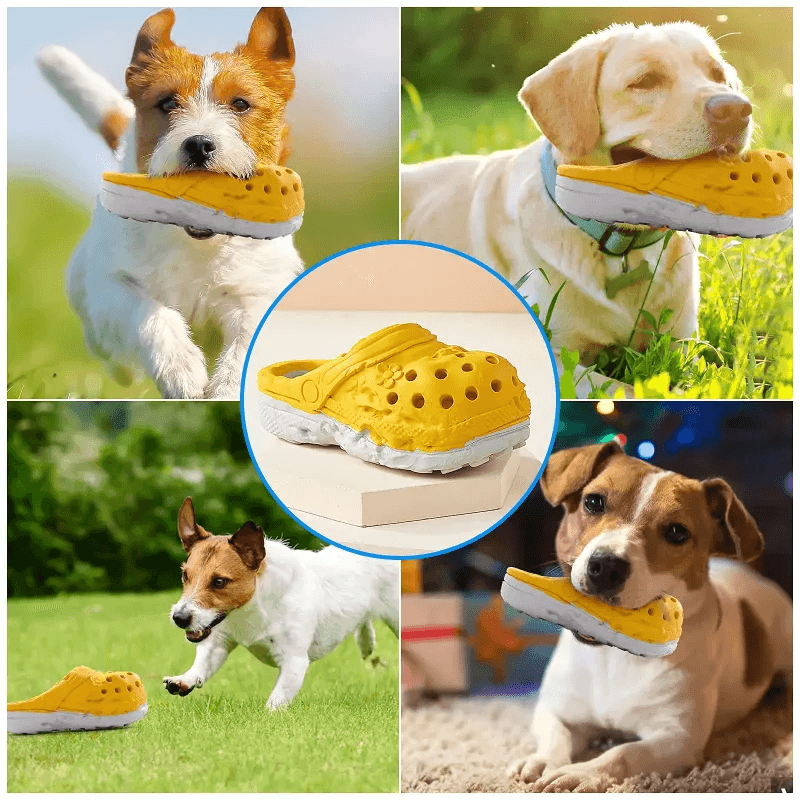
Safety Considerations of Choosing Rubber Chew Toys for Puppies
1. Size: Make sure that the toy you are procuring is safe for your puppy. It should preferably be large enough so the puppy cannot swallow it through its throat or risk choking on it.
2. Material: Chew toys should be made from rubber and should not be toxic. Avoid toys containing Bisphenol A (BPA) and look for toys labeled as BPA-free and those made of food/veterinary-grade rubber.
3. Durability: Select hard-wearing rubber toys that are difficult for the puppies to tear up. Check for areas where the toy has been joined together and whether it can easily break into pieces that tend to belong to the choke lists.
4. Design: All the toys should be made with a single substantial structure to minimize the likelihood of the toy’s breaking up. It is recommended to avoid toys that have the potential to develop parts that can be easily removed and swallowed by the puppy, such as toys with buttons or squeakers.
5. Texture: Some of them are quite useful in easing teething for puppies with sore gums and improving tooth brushing. But do not make them too tough or rigid, as this might cause injury to the puppy by damaging the mouth's skin.
6. Supervision: Always monitor your puppy whenever it is playing with chew toys. Some toys are very hard, making the puppy a very aggressive chewer.
7. Age Appropriateness: Toys must be appropriate to the puppy’s age, size, and chewing power and must be chosen from a special selection of toys for puppies. The toy preference and chewing requirements of puppies are not the same as for adult dogs; hence, choose the toys for the puppy's stage.
8. Cleaning and Maintenance: It is recommended to wash and check the playthings your puppy chews often to have them eliminate filth, germs, and other materials that are not good for health. Clean and disinfect the toys according to the manufacturer’s instructions to enhance hygiene for young pups.
Introducing Rubber Chew Toys to Your Puppy
1. Choose the Right Toy: Choose a rubber chew toy that can fit your puppy's age, size, and the chewing it can exert. For young puppies or those with tender tongues, consider starting with a soft and flexible toy strong enough for the puppy to carry but not necessarily for gnawing, as steady growth will take place, and the chewing power will be more significant.
2. Make it Appealing: You should increase the desire for the toy in the view of a puppy. The toys can be moistened slightly with peanut butter or low-sodium broth to remind the dog of the good things it had to chew. Or, you can choose a toy with a smell or taste your puppy likes or even loves.
3. Supervise Initial Interactions: With regards to the new chew toy for your puppy, make sure you watch them interact with it at first to ensure proper usage and no harm to the chew toy or pet.
4. Engage in Play: To add an extra bit of fun and stimulate interactive play with the puppy, you should also use the toy. Throw the toy around so that they have to run or run behind it, wrestle with it, or even put little tidbits of food inside it for the dog to find.
5. Teething Relief: It also advises that if your puppy is teething, it should be given cold rubber chewable toys to help with an inflamed gum. Putting the rubber chew toys in the refrigerator for some hours before giving them to your puppy is highly recommended. This will provide some relief for them from the teething discomfort.
6. Rotate Toys: You don’t want your pup to get bored or attached to a particular chew toy. You need them to love every rubber chew toy you buy for them. To achieve this, you have to switch their rubber chew toys occasionally. It will help to build their curiosity and sever any form of attachments they must have towards a particular rubber chew toy.
7. Encourage Independence: Allow your puppies to play with their rubber chew toys alone sometimes, but make sure to intervene when they seem to be chewing aggressively. If your puppy becomes obsessive over the toy or acts protective of it, lightly bring them back to a different activity.
8. Monitor Progress: Take your time to monitor how often your puppy chews their toys and note the changes that take place over several days and weeks. Replace their rubber chew toys once you begin to notice that they are damaged or their surfaces have gotten rough as a result of regular use.
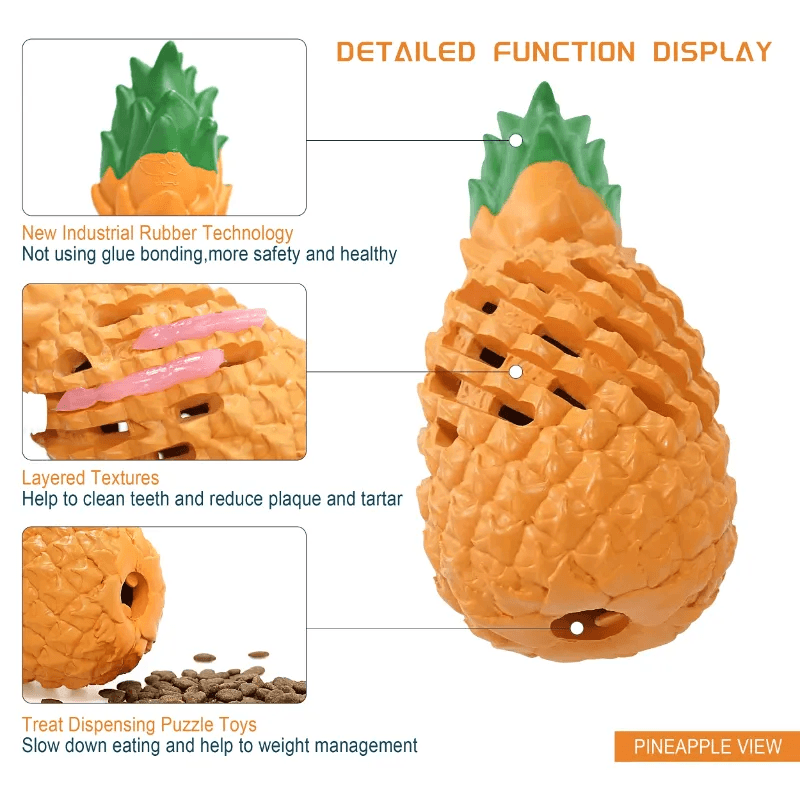
Maintaining and Extending the Lifespan of Rubber Chew Toys for Puppies
1. Regular Cleaning: Good hygiene extends to your pups’ rubber chew toys. They need to be regularly cleaned to get rid of bacteria, dirt, and saliva buildup on them. A simple way to clean rubber chew toys is to wash them well with a bar of mild soap and some warm water and rinse them thoroughly before letting them dry.
2. Inspect for Damage: When you supervise your pups’ playtime, inspect their rubber chew toys for any crack or damage that could pose any form of hazard or injure your pups’ mouth. If you notice any toys damaged beyond repair, throw them out.
3. Rotate Toys: Like humans, pups also get bored and attached to our favorite items. To save your pups’ rotate their rubber chew toys and introduce them to new toys to stimulate their curiosity.
4. Supervise Play: Watch your puppies when they play with their rubber chew toys. Look for any signs of aggressive chewing or attempts to ingest large pieces of their toys.
5. Store Properly: When not in use, keep your puppy’s rubber chew toys in a clean, dry place to prevent them from getting dirty or damaged by other people.
6. Size Appropriately: You may not know this, but choosing the right and appropriate rubber chew toys for your pups is one way to help maintain and extend the lifespan of the toys. When you buy a rubber chew toy for your pups based on their chewing habit and age, they are comfortable with it and tend to love it rather than damage it.
Conclusion
If you read up to this point, you will agree that introducing your puppies to rubber chew toys is an excellent way to help their well-being and development. You now know these toys offer many benefits besides being an ordinary plaything. To help your pup have a good smart start, adhere to the guides discussed in this article, and you will get to watch them grow into happy, healthy furry friends with a lifelong love for play and fun time.
You don’t have to think about this much, and if you already started on the wrong path, you still have time to make corrections. Ashean Pets has a wide range of rubber chew toys in store, specially designed for puppies. If you are unsure which to buy for your pup, we also offer consultations to help with that. Your furry friend deserves the ultimate playtime experience, and with the right toys, and a little bit of tenderness, love, and care, you are setting your puppy on a path to a lifetime of fun and endless happy wagging tails.
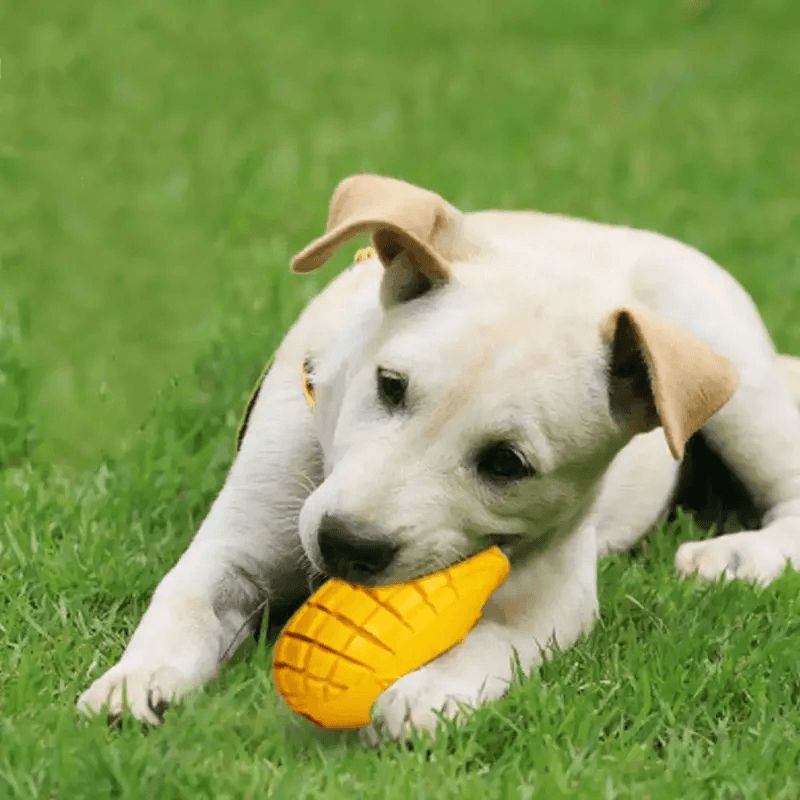
FAQs
1. Are rubber chew toys safe for puppies?
Rubber chew toys that are designed for puppies are safe, but it is important to monitor your pup while it plays with these toys, just to be on the safer side.
2. At what age can I introduce rubber chew toys to my puppy?
As soon as your puppy starts to teeth, you can introduce them to rubber chew toys, this is usually when they are around 3 or 4 months old.
3. How do I prevent my puppy from destroying rubber chew toys?
Buy them durable rubber chew toys that are appropriate for puppies, and make sure to rotate the toys often. This will help the toys last longer and not get damaged quickly. Also, remember to replace them once they become damaged.
4. Can rubber chew toys help with my puppy's dental health?
One good way to help clean your puppy’s teeth and get rid of tartar buildup is by chewing on rubber toys. The best type of toy for this is textured rubber toys.
